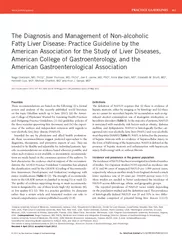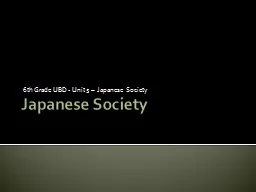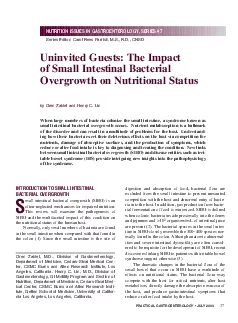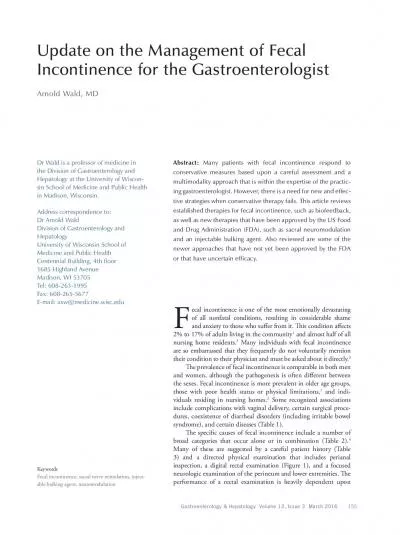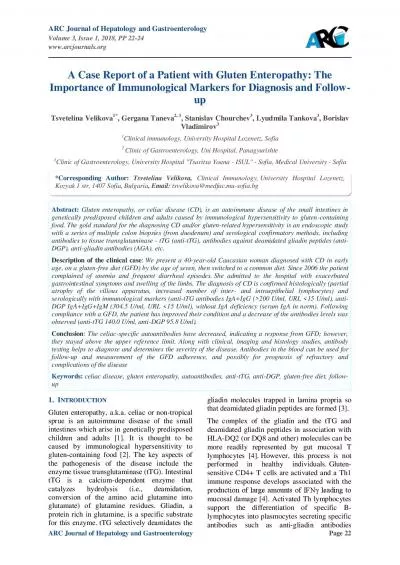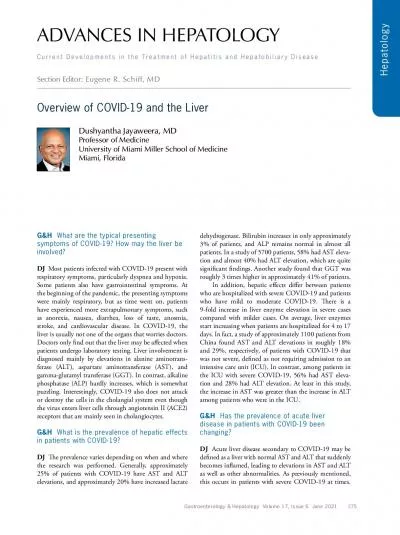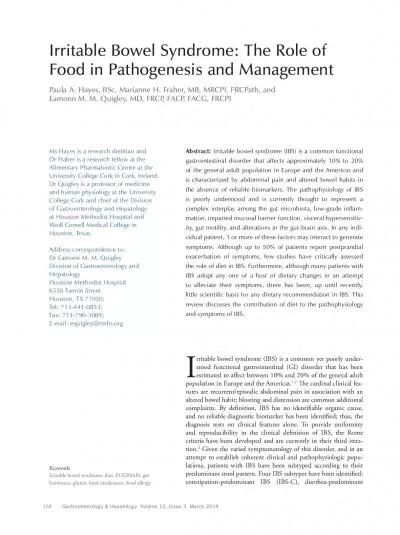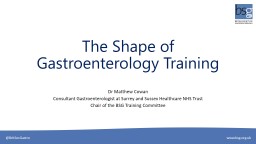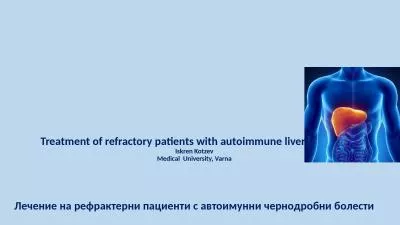PDF-Japanese Journal of Gastroenterology and Hepatology
Author : winnie | Published Date : 2022-09-05
Case Report Forestier Disease as a Cause of Dysphagia A Case Report Fontanella G 1 Fuggi G 2 Barbieri L 2 Manganiello CAT and Brogna B 1 Department of Radiology
Presentation Embed Code
Download Presentation
Download Presentation The PPT/PDF document "Japanese Journal of Gastroenterology and..." is the property of its rightful owner. Permission is granted to download and print the materials on this website for personal, non-commercial use only, and to display it on your personal computer provided you do not modify the materials and that you retain all copyright notices contained in the materials. By downloading content from our website, you accept the terms of this agreement.
Japanese Journal of Gastroenterology and Hepatology: Transcript
Download Rules Of Document
"Japanese Journal of Gastroenterology and Hepatology"The content belongs to its owner. You may download and print it for personal use, without modification, and keep all copyright notices. By downloading, you agree to these terms.
Related Documents



